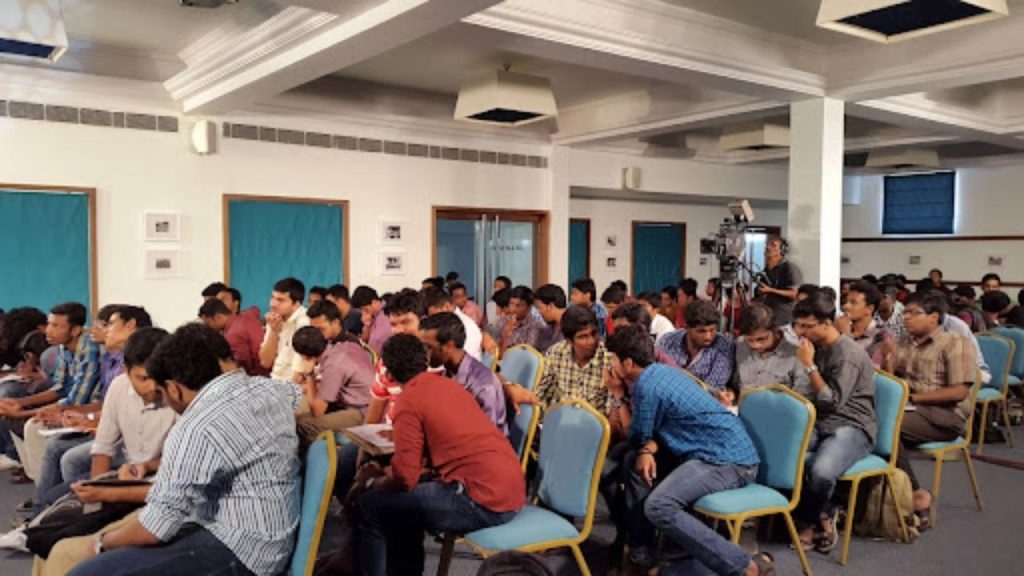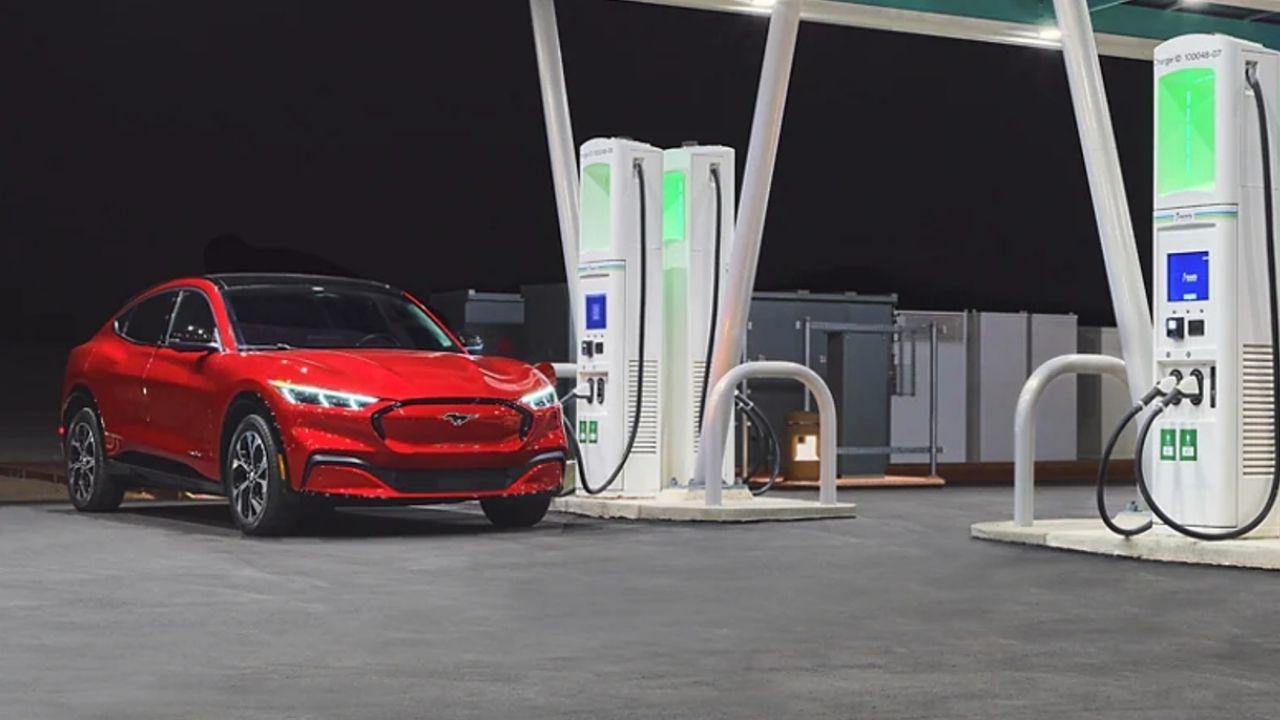INTACH Requests Heritage Tag for Janata Ranga Manch to Preserve History—that’s the buzz echoing through Odisha’s cultural corridors right now. The Indian National Trust for Art and Cultural Heritage (INTACH), a leading conservation body, has stepped in with a heartfelt appeal: save the iconic Janata Ranga Manch before history fades into dust.
Built in the 1950s in Sambalpur, Odisha, Janata Ranga Manch isn’t just an old building—it’s a symbol. A living, breathing stage that once echoed with Odia plays, local debates, and folk performances. But today, it’s aging fast, worn out by neglect and time.

Let’s dig deep into what makes this place so special, why INTACH wants it protected, and what this means for India’s cultural landscape.
INTACH Requests Heritage Tag for Janata Ranga Manch
| Feature | Details |
|---|---|
| Location | Sambalpur, Odisha |
| Built | Mid-1950s |
| Maintained by | Local municipal body |
| Historical Significance | Venue for traditional Odia theatre, social and political meetings |
| Current Condition | Structurally deteriorating, minimal maintenance |
| INTACH’s Proposal | Requesting Heritage Status for preservation |
| Benefits of Heritage Tag | Protection under heritage laws, access to restoration funds, revival of local culture |
| Official Website | INTACH Official Website |
INTACH’s push to grant a heritage tag to Janata Ranga Manch is more than a preservation plea—it’s a cultural rescue mission. This unassuming theater has witnessed decades of history, and with a little help, it can live to tell its tale for many more.
As citizens, our job isn’t just to remember history—it’s to protect it.
So next time you pass by an old structure, pause and think: What stories has it seen? Maybe, just maybe, it deserves to be heard again.
What Is Janata Ranga Manch?
Janata Ranga Manch isn’t your average town hall. It’s been a cultural anchor for generations in Sambalpur. This modest theater, nestled near Gole Bazaar, used to be the beating heart of Odia drama. The stage witnessed legendary performers, playwrights, poets, and even political leaders.
But like that old baseball glove in the attic, it’s been left behind.
And that’s where INTACH comes in.
Why Is INTACH Involved?
INTACH, short for Indian National Trust for Art and Cultural Heritage, is kind of like the National Park Service, but for old buildings and cultural gems in India. Since its founding in 1984, INTACH has fought to protect India’s rich heritage, restoring everything from ancient temples to colonial bungalows.
With Janata Ranga Manch, INTACH isn’t just asking for a paint job—they’re asking the government to grant it heritage status, which would bring funds, legal protections, and the recognition it deserves.
Why It Matters:
- Preserves cultural history: Odia theatre is a unique part of Indian arts.
- Boosts local pride: Reviving the space can bring back community gatherings and youth engagement.
- Encourages tourism: Cultural tourism can breathe new life into the local economy.
What Does a “Heritage Tag” Actually Mean?
Let’s break it down in simple terms.
When a site is granted a heritage tag, it:
- Receives legal protection under state or national heritage acts.
- Qualifies for restoration grants from public and private bodies.
- Can’t be demolished or altered without permission from heritage authorities.
- Can be used for educational and cultural programs, often attracting public-private partnerships.
This tag is like slapping a “Do Not Demolish” sticker with VIP status. It tells everyone: This place matters.
For more, check out the National Mission on Cultural Mapping by the Ministry of Culture.
Voices From the Ground
According to INTACH convenor Anil Dhir, “Janata Ranga Manch is more than bricks and cement. It’s a living museum of Odisha’s theatrical and social journey.” He’s not wrong.
Local elders still remember watching legendary actors like Gopal Chhotray and Ananta Mahapatra take the stage. School kids used to perform there during annual functions. Even political debates happened under its aging roof.
Without action, it risks becoming a forgotten ruin.
By the Numbers: Why Restoration Is Worth It
- According to the UNESCO World Heritage Centre, heritage tourism generates over $250 billion annually.
- The Government of India has spent ₹315 crore (approx. $40 million) on cultural restoration projects under various schemes.
- Odisha has over 78 identified heritage sites, but fewer than 20 have active preservation plans.
Restoring spaces like Janata Ranga Manch can help Odisha join global cultural circuits and attract scholars, artists, and tourists alike.
How Heritage Status Happens
Want to know what goes into granting a heritage tag? Here’s a quick breakdown:
Step 1: Proposal Submission
INTACH or another body prepares a proposal, including photographs, history, and a restoration roadmap.
Step 2: Government Evaluation
Local and state heritage committees review the proposal for authenticity, integrity, and cultural value.
Step 3: Public Consultation
Sometimes, communities are involved for their inputs—especially if the site is active or residential.
Step 4: Approval & Notification
Once approved, the government publishes a gazette notification and adds it to the heritage register.
Step 5: Funding & Restoration
Funds from government schemes (like HRIDAY or National Culture Fund) are used for repairs and upkeep.
What You Can Do
Heritage isn’t just about old buildings—it’s about shared memory. Here’s how you can contribute:
- Share photos of Janata Ranga Manch and tag @INTACHIndia on social media.
- Sign petitions that support heritage protection.
- Involve kids in heritage clubs and storytelling events.
- Donate to verified campaigns for restoration and upkeep.
- Volunteer for documentation drives, clean-ups, or local workshops.
RMRC Bhubaneswar Unveils Advanced Malaria Vaccine, Ready for Tech Transfer
Tragic End of an ABVP Activist and Self-Defence Teacher in Odisha College
Vizag Police Expose Shocking Kidney Trade: Odisha Man’s Bid to Sell His Organ Uncovered
FAQs
Q1. Why is Janata Ranga Manch important?
It’s one of the oldest public theaters in western Odisha and played a huge role in Odia language, culture, and politics.
Q2. What does heritage status provide?
Legal protection, access to restoration funds, and recognition as a culturally significant site.
Q3. Can locals still use the site after restoration?
Absolutely! The goal is to preserve its legacy while keeping it active for public use.
Q4. Who decides heritage status in India?
Typically, the State Department of Culture or Archaeology, in consultation with INTACH and other experts.
Q5. Where can I learn more about heritage conservation?
Visit INTACH.org, or the Ministry of Culture, India for official resources.








